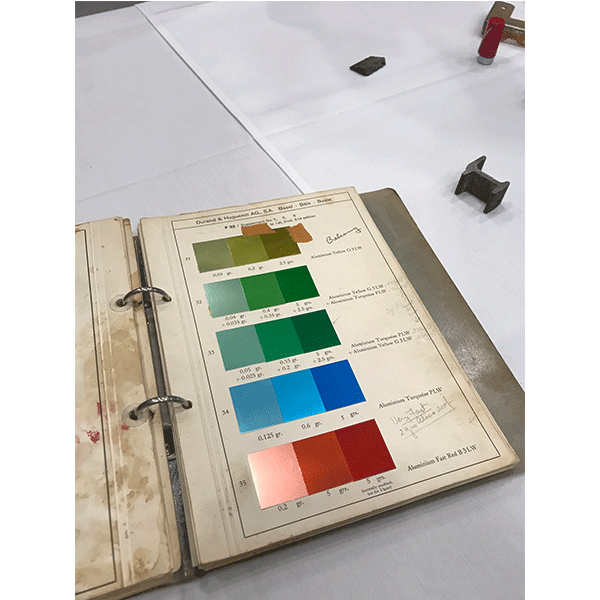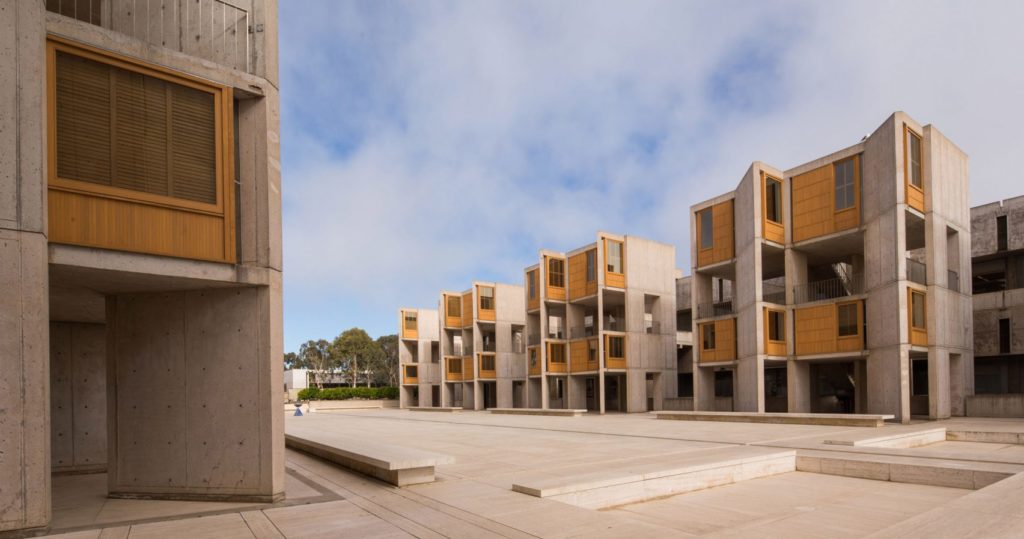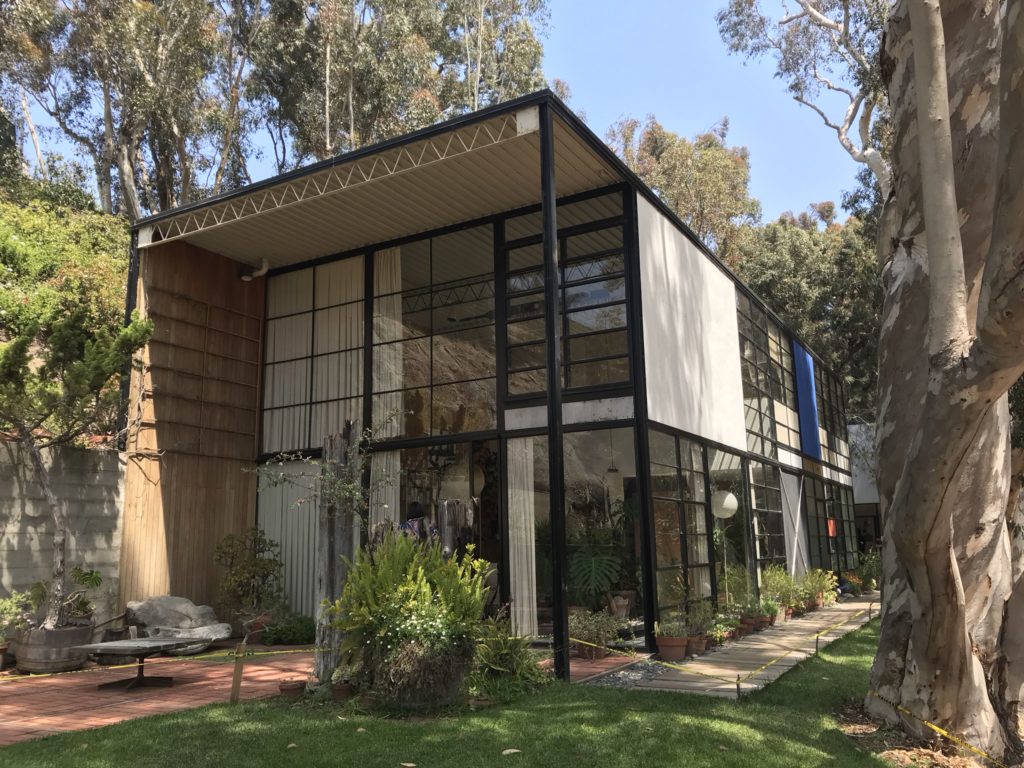Associate, Halla Hoffer, AIA, Assoc. DBIA, recently participated in a three-day course on the preservation of modern built heritage from the Getty Conservation Institute: Conserving Modern Architecture Initiative, in partnership with the National Center for Preservation Training and Technology (NCPTT), and with support from the National Trust for Historic Preservation. The course included lectures regarding the technical challenges of preserving modern heritage within the framework of historic preservation practice and philosophy, laboratory sessions, and visiting one of LA’s most iconic modern houses.
Mid-century modern era structures are approaching historic status, if not already there. This status necessitates finding the best option(s) for renovation and rehabilitation – from integrating current energy conservation standards, to updating components to meet current code and seismic regulations – because aesthetic impacts to a historic resource must be kept to a minimum.

OVERVIEW OF COURSE LEARNING OBJECTIVES
– Understanding the importance of following preservation methodologies when working with modern heritage.
– Using case studies as examples, understand how to apply these to actual modern buildings and sites
– Understand how developing successful preservation solutions depend on thorough and detailed analysis of the site.
– Learn how to assess the cultural significance of modern building.
– Understand the historical development of reinforced concrete.
– Learn about the material characteristics of reinforced concrete.
– Understand the most common decay mechanisms of reinforced concrete.
– Understand the principles for conserving historic reinforced concrete.
– Understand the historical development and building typologies of the modern era.
– Explore the challenges to preserving buildings from the modern era.
– Learn how existing preservation standards and charters are applied to modern buildings.
– Learn about the listing and protection of modern buildings.
– Learn about the development of glass used for 20th century windows.
– Learn about glass making techniques and how to determine the fabrication techniques.
– Learn about glazing types such as IG units, and film applications.
– Learn how various metals in windows weather and how to treat them.
– Learn in a lab session how to identify corrosion as it is expressed in different metals.
– Understand how saving a work of modern heritage is different from saving the heritage of other
eras.
– Learn how to decide, prioritize, and build support for protecting and preserving modern places.
– Explore the issues involved in determining how modern resources can be saved.
– Explore how to evaluate significance relative to the vast number of modern buildings that exist
today.

COURSES AT A GLANCE
The three day course began with an overview of the history, designation, and conservation methodology of our built heritage of the modern era. A highlight included a case study presented by Sara Lardinois – Utilizing the Conservation Methodology, Salk Institute for Biological Studies. The Salk case study focused on the restoration of the teak window wall assemblies, from significance to performing an integrity evaluation of the window wall assemblies. The Salk Institute is an international masterpiece of architecture from the modern era. The treatment recommendations had to stop fungal biofilm from further damaging the window wall assemblies, improve performance, abate hazardous materials, all the while preserving the integrity original teak structural members.
Day two was focused on windows and curtain walls – something especially interesting to PMA. Stephen Kelley led lectures and a lecture/lab on the history of modern windows and curtain walls, European and American precedents, fabrications, types, common problems, field testing, fabrication practices, history of sealants, and engineered sealant joints. Day three closed-out the course with a special day at the Eames house. Participants learned about the conservation planning and building materials case study created for the house.

COURSE HANDOUTS
15 Preservation Briefs – Preservation of Historic Concrete
Salk Institute Report
Eames House Case Study
Written by Halla Hoffer, AIA, Assoc. DBIA / Architect
